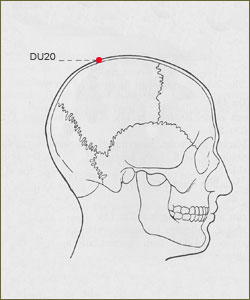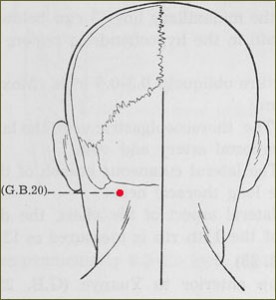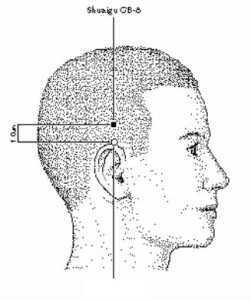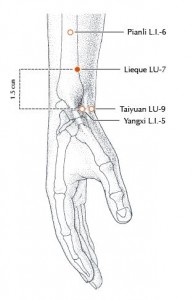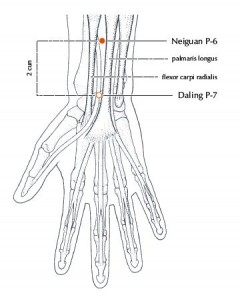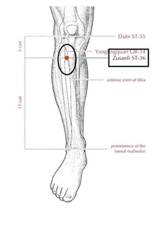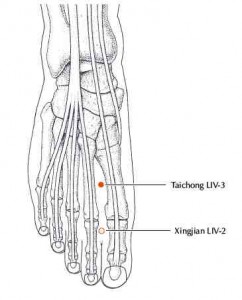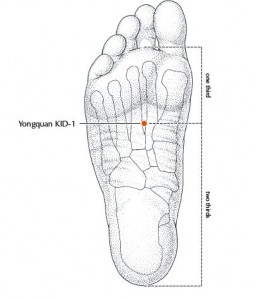The usual advice for concussions (and mild traumatic brain injury) is: anti-Inflammatory medication, rest and minimal mental and physical stimulation for a couple of weeks. And for most people with minor concussions this is usually enough, but with the trending nature of multiple concussions being reported and new evidence showing that because the frontal cortex is still developing in children and adolescents, it can have more detrimental and longer lasting effects. It is vital to begin reducing the symptoms of concussion as soon as possible in a safe, gentle and effective way.
Concussion victims can have personality changes and symptoms of fatigue, lack of concentration, insomnia, body pain and headaches that drag on for weeks, month and even years in some cases. Luckily, acupressure can help with reducing inflammation, swelling and other symptoms.
At a time that a person feels the most vulnerable, acupressure can help empower and help speed up concussion recovery in the comfort in your own home or any comfortable space. Whether you have a simple (10-14 day expected recovery) or complex concussion (multiple concussions in a short time or with complications), this acupressure routine can help alleviate some of your symptoms. But remember, it’s not to replace an actual acupuncture session with a qualified medical practitioner or registered acupuncturist.
Treating concussions effectively requires a holistic approach. This is where acupressure shines bright as one of the few manual stimulation therapies that is often overlooked. It’s also great because it allows a concussion sufferer to reduce some or all of the symptoms by themselves when they need to, not when they are able to schedule an appointment.
How to Do the Routine:
Here are a few quick tips on performing acupressure on yourself:
– Before performing acupressure on any of these points, get into a comfortable position where you can easily access all points without effort.
– Begin with the top points and work your way down the body and follow the order of points. You may find a particular point that is extremely effective for one or more of your symptoms, make a note of it for later reference.
– If a point is bilateral (both sides of the body), use both hands if possible to press both points at the same time, but feel if one side is more tender than the other, stimulate just the more tender side for that session.
– Activate points for 30 seconds to 1 minute by pressing gently yet firmly, and remember to breathe normally focusing your breathe towards your abdomen while you press on the point.
– This routine should be done twice a day, once in the morning to prepare and ready yourself for your day, and another perform another round an hour before bedtime. If you feel some of your symptoms come on during the day, you can also do this as you need throughout the day.
The Points In order:
Generally this is a very safe procedure, but if you are pregnant, please consult your local Registered Acupuncturist or Traditional Chinese Medicine Practitioner as some points maybe contraindicated during pregnancy.
We hope that these acupressure self-care tips help you in your recovery. If you have further questions or would like to work with qualified practitioners, please contact us at info@neurokinetics.com.
The NeuroKinetics Clinic offers Registered Acupuncturists specializing in concussion recovery. The clinic blends both Eastern and Western medicine – acupuncture and neuroscience – to assist you to achieve results in your recovery from a concussion or other head injury.
Shawn Poppi Sabhaney is a Registered Acupuncturist and NADA Specialist located in Vancouver, BC. He is the past president of the TCMABC and a current board member of the ATCMA. When not seeing patients he enjoys running obstacle courses and teaches meditation.
